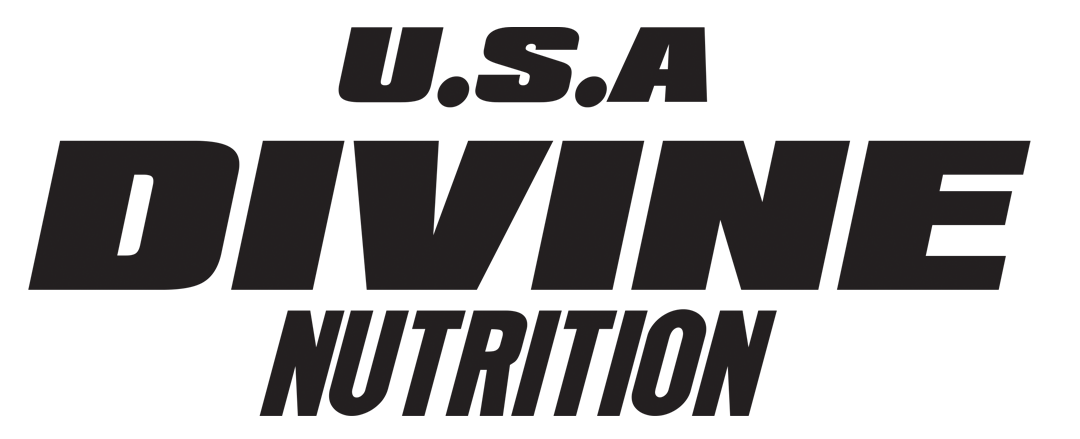Introduction
-
Hook: The rising popularity of plant-based diets for fitness, health, and sustainability.
-
Why Protein Matters: Importance of protein for muscle growth, recovery, and overall health.
-
Debunking Myths: Address misconceptions about plant-based diets not providing enough protein.
-
Who is this guide for? Fitness enthusiasts, vegans, vegetarians, and those curious about plant-based eating.
1. Why Choose a Plant-Based Protein Diet?
-
Health Benefits:
-
Weight management
-
Improved heart health
-
Better digestion (fiber-rich)
-
Anti-inflammatory properties
-
Fitness Advantages:
-
Builds lean muscle
-
Faster recovery post-workout
-
Sustained energy for training
-
Environmental Impact:
-
Sustainability benefits of plant-based proteins.
2. Understanding Protein in a Plant-Based Diet
-
What is Protein? Overview of macronutrient roles (muscle repair, hormone production, etc.).
-
Plant-Based vs. Animal-Based Protein:
-
Key differences in amino acid profiles.
-
Explanation of complete and incomplete proteins.
-
How Much Protein Do You Need?
-
General guidelines for sedentary individuals vs. active individuals.
-
Fitness goals: Weight loss, maintenance, or muscle gain.
3. Top Plant-Based Protein Sources
-
Categorized list with protein content (grams per serving):
-
Legumes: Lentils, chickpeas, black beans, kidney beans
-
Grains: Quinoa, oats, brown rice, farro
-
Nuts & Seeds: Chia seeds, flaxseeds, pumpkin seeds, almonds, walnuts
-
Soy Products: Tofu, tempeh, edamame, soy milk
-
High-Protein Vegetables: Spinach, broccoli, peas, kale
-
Plant-Based Protein Powders: Pea protein, hemp protein, brown rice protein
4. Structuring a Plant-Based Protein Diet for Health and Fitness
-
Key Considerations:
-
Balancing macronutrients: Protein, carbs, and healthy fats.
-
Ensuring adequate calorie intake for fitness goals.
-
Combining protein sources for a complete amino acid profile.
-
Sample Meal Plans for Different Goals:
-
Breakfast: Tofu scramble with spinach, whole-grain toast
-
Snack: Peanut butter protein smoothie (almond milk + pea protein powder)
-
Lunch: Quinoa bowl with black beans, avocado, roasted veggies
-
Dinner: Tempeh stir-fry with brown rice and broccoli
-
Evening Snack: Roasted chickpeas and almonds
-
Breakfast: Chia pudding with almond milk and berries
-
Snack: Carrot sticks with hummus
-
Lunch: Lentil salad with quinoa and kale
-
Dinner: Grilled tofu with roasted sweet potato and green beans
-
Evening Snack: Herbal tea and pumpkin seeds
-
Balanced meals that incorporate legumes, grains, nuts, seeds, and soy products.
-
-
For Muscle Gain:
-
For Weight Loss:
-
For General Health:
5. Plant-Based Protein Supplements
-
Why Use Supplements?
-
Convenience for athletes and busy individuals.
-
Ensures adequate protein intake for fitness goals.
-
Top Plant-Based Protein Supplements:
-
Pea Protein Powder: High in BCAAs, great for muscle growth.
-
Hemp Protein: Rich in omega-3s, fiber, and antioxidants.
-
Brown Rice Protein: Easy to digest and hypoallergenic.
-
Soy Protein Powder: Complete protein with all essential amino acids.
-
Product Recommendations (Popular brands):
-
Orgain Organic Protein Powder
-
Vega Sport Premium Protein
-
Garden of Life Raw Organic Protein
-
Sunwarrior Classic Plus Protein
-
How to Use:
-
Pre- or post-workout shakes.
-
Adding to smoothies, oatmeal, or baking recipes.
6. Addressing Nutritional Gaps in a Plant-Based Diet
-
Common Deficiencies:
-
Vitamin B12
-
Iron
-
Omega-3 fatty acids
-
Calcium
-
Zinc
-
Solutions:
-
Whole-food sources: Fortified plant milks, spinach, flaxseeds.
-
Supplements: B12 drops, vegan omega-3 capsules, multivitamins.
7. Tips for Success on a Plant-Based Protein Diet
-
Meal prepping for consistency.
-
Pairing protein sources (e.g., lentils + rice = complete protein).
-
Staying hydrated for muscle recovery.
-
Experimenting with recipes to avoid boredom.
8. Common Myths About Plant-Based Protein
-
"Plant proteins are incomplete."
-
Truth: Combining protein sources easily solves this issue.
-
"You can’t build muscle on a plant-based diet."
-
Truth: Many vegan athletes excel with plant-based diets.
-
"Plant-based diets lack energy for workouts."
-
Truth: Proper carbs and proteins provide sustained energy.
Conclusion
-
Recap: Plant-based protein is not only sufficient but highly beneficial for health and fitness.
-
Emphasize: With proper planning, you can meet protein goals and thrive on a plant-based diet.
-
Motivation: Start incorporating plant-based protein sources today for a healthier, fitter you!
About the Author
-
Brief bio:
-
Highlight your expertise in nutrition, fitness, and plant-based diets.
-
Certifications or personal experiences (e.g., certified nutritionist, personal trainer).
-
Mention your passion for promoting health through sustainable eating.
-
Optional: Include a link to your blog, social media handles, or professional services.
Frequently asked questions
Q1. Can I build muscle on a plant-based diet?
Yes, with adequate protein intake and resistance training.
Q2. What’s the best plant-based protein for post-workout?
Pea protein or a blend of pea and rice protein powders.
Q3. How much protein do I need daily?
0.8g/kg for sedentary individuals; 1.2-2.0g/kg for athletes.
Q4. Are plant-based protein powders safe?
Yes, when sourced from reputable brands. Check for additives.
Q5. Which plant foods are highest in protein?
Lentils, chickpeas, tofu, tempeh, quinoa, and seeds.
















